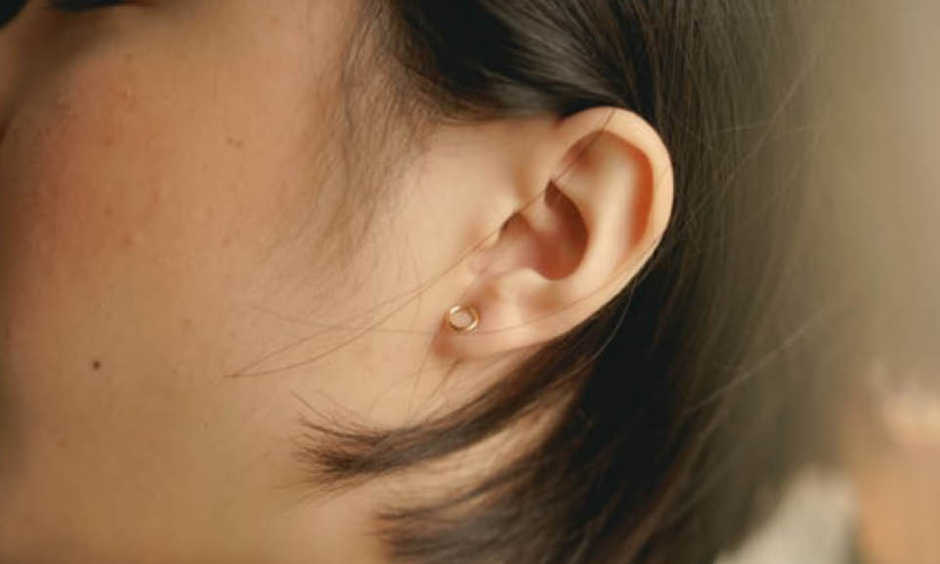Hair cells in the inner ear are integral to the detection of sound. Unlike in other mammals and birds, once damaged, human hair cells do not regenerate, thus hearing loss is likely to be permanent. However, in a study by researchers at Johns Hopkins Medicine, Baltimore, Maryland, USA, have identified a pair of proteins that are involved in the precise control of the formation of these sound-transmitting cells.
Damage to the hair cells, or the nerves that connect them to the brain, is associated with deafness, and accounts for an estimated 90% of genetic hearing loss. Furthermore, hearing loss resultant of viral infections and chronic loud noise exposure can be attributed to non-functional hair cells.
With evidence identifying such an important role of these cells in hearing, Prof Angelika Doetzlhofer, associate professor of neuroscience at the Johns Hopkins University School of Medicine, and her team set out to study the mechanisms that initiate the formation of these cells in an attempt to restore them in those with hearing loss.
Precursor cells that differentiate into hair cells are first found on the outermost part of the cochlea. Tracing the spiral shape of the cochlear, the final place for the precursor cells to form is the centre of the structure. While investigating the molecular cues responsible for this directed, staggered formation, Prof Doetzlhofer et al. identified Activin A and follistatin.
To investigate the role the proteins play in the control of this process, the team developed genetically engineered mice with altered levels of the proteins. One group of mice were designed to overproduce Activin A, in these, hair cells formed too early. In contrast, hair cells were late to form or appeared disorganised and scattered across the whole structure of the cochlear in mice that were engineered to overproduce follistatin or not produce Activin A. The pattern of these two proteins during this formation period suggests that they “perform a balancing act on the precursor cells to control the orderly formation of hair cells along the cochlear spiral,” commented Prof Doetzlhofer.
“Scientists in our field have long been looking for the molecular signals that trigger the formation of the hair cells that sense and transmit sound,” says Prof Doetzlhofer. “These hair cells are a major player in hearing loss, and knowing more about how they develop will help us figure out ways to replace hair cells that are damaged.”









